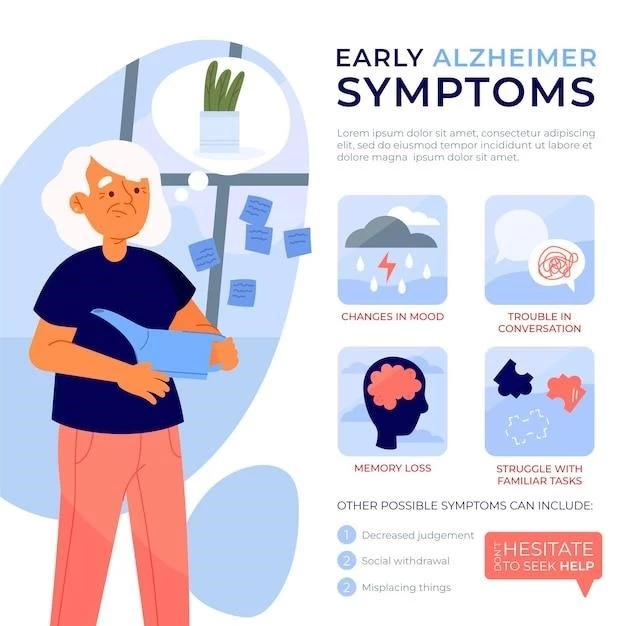Introduction to Osebold–Remondini Syndrome
The Osebold-Remondini Syndrome is a bone dysplasia characterized by mesomelic shortness of limbs, absence or hypoplasia of second phalanges, and carpal and tarsal coalitions. It is associated with the PARP16 gene and genetic heterogeneity. The condition is classified within the spectrum of acromesomelic dysplasia types.
Definition and Overview
The Osebold-Remondini Syndrome, also known as brachydactyly type A6, is a rare bone dysplasia characterized by mesomelic shortness of limbs, absence or hypoplasia of second phalanges with synostosis of the remaining phalanges, and carpal and tarsal coalitions. This condition is a genetically heterogenous disorder associated with the PARP16 gene. Individuals with Osebold-Remondini Syndrome may exhibit short stature, skeletal abnormalities in the hands and feet, and other specific bone malformations. The syndrome falls within the spectrum of acromesomelic dysplasia types and has been described in families as an autosomal dominant trait.
Clinical Manifestations of Osebold–Remondini Syndrome
The Osebold-Remondini Syndrome presents with mesomelic shortness of limbs, absence or hypoplasia of second phalanges with synostosis, and carpal and tarsal coalitions. It is a rare bone dysplasia with specific skeletal abnormalities.
Mesomelic Shortness of Limbs
Osebold-Remondini Syndrome is characterized by mesomelic shortness of limbs, resulting in a proportionate short stature. This specific manifestation involves the shortening of the middle segment of the limbs, contributing to the distinctive skeletal abnormalities observed in affected individuals.
Absence or Hypoplasia of Second Phalanges
In Osebold-Remondini Syndrome, individuals may present with absence or hypoplasia of the second phalanges, often with synostosis of the remaining phalanges. This specific manifestation involves abnormalities in the development of the fingers and toes, contributing to the distinct skeletal features observed in affected individuals.
Carpal and Tarsal Coalitions
In individuals with Osebold-Remondini Syndrome, carpal and tarsal coalitions can be observed, indicating abnormal fusions or connections between certain carpal or tarsal bones. This particular clinical manifestation further contributes to the distinctive skeletal characteristics seen in affected individuals.

Genetic Basis of Osebold–Remondini Syndrome
The Osebold-Remondini Syndrome is associated with genetic mutations, particularly involving the PARP16 gene. This gene’s involvement leads to the development of mesomelic shortness of limbs and other skeletal abnormalities observed in affected individuals.
PARP16 Gene Involvement
The Osebold-Remondini Syndrome is associated with genetic mutations in the PARP16 gene. This gene’s involvement plays a significant role in the development of the unique skeletal abnormalities, such as mesomelic shortness of limbs, observed in individuals affected by the syndrome.
Associated Pathways and Superpathways
The Osebold-Remondini syndrome is linked to the PARP16 gene and associated pathways, including spinal cord injury and NAD metabolism. Understanding these pathways can provide insights into the molecular mechanisms underlying the skeletal abnormalities seen in affected individuals.

Classification and Subtypes
The Osebold-Remondini Syndrome falls under the category of acromesomelic dysplasia types, with distinct skeletal abnormalities observed, such as mesomelic shortness of limbs, absence or hypoplasia of second phalanges with synostosis, and carpal and tarsal coalitions. This syndrome is an autosomal dominant condition.
Acromesomelic Dysplasia Types
Acromesomelic dysplasia types include various classifications such as Acromesomelic dysplasia-type Maroteaux, Grebe dysplasia, Hunter Thompson type, Du Pan syndrome, and Acromesomelic dysplasia Osebold-Remondini type. These subtypes encompass different skeletal anomalies and genetic mutations associated with bone and cartilage development.
Differentiation from Other Syndromes
In contrast to other syndromes, Osebold-Remondini Syndrome is characterized by distinct skeletal abnormalities, including mesomelic shortness of limbs, absence or hypoplasia of second phalanges with synostosis, and carpal and tarsal coalitions. These specific manifestations differentiate it from other related disorders with varying clinical presentations.
Diagnosis and Testing
Diagnosing Osebold-Remondini Syndrome involves a combination of genetic mapping, along with comprehensive clinical and radiological evaluations. Identifying specific mutations in genes like PARP16 is crucial. Treatment strategies are individualized based on these findings.
Genetic Mapping
Diagnosing Osebold-Remondini Syndrome involves genetic mapping to identify specific mutations, especially in the PARP16 gene. This genetic information aids in confirming the diagnosis and understanding the underlying molecular basis of the syndrome’s skeletal abnormalities.
Clinical and Radiological Evaluation
The diagnosis of Osebold-Remondini Syndrome involves a thorough clinical and radiological assessment to identify characteristic skeletal abnormalities, including mesomelic shortness of limbs, phalangeal anomalies, and carpal/tarsal coalitions. These evaluations aid in confirming the presence of the syndrome and guiding appropriate management strategies.
Treatment Approaches for Osebold–Remondini Syndrome
Treatment for Osebold-Remondini Syndrome involves individualized strategies tailored to address specific symptoms and issues identified through genetic mapping, clinical evaluations, and radiological assessments. Symptom management plays a crucial role in enhancing the quality of life for individuals affected by the syndrome.
Individualized Treatment Strategies
Individuals diagnosed with Osebold-Remondini Syndrome receive tailored treatment strategies based on genetic mapping results and clinical evaluations. Management approaches aim to address specific symptoms and improve the quality of life for affected individuals. Symptom management plays a pivotal role in enhancing overall well-being and functional outcomes.
Symptom Management
Managing symptoms in individuals with Osebold-Remondini Syndrome is crucial to improving their quality of life. Symptom management strategies focus on addressing specific issues identified through genetic, clinical, and radiological evaluations; By targeting symptoms effectively, healthcare providers can enhance the overall well-being and functional capacity of those affected by the syndrome.
Research and Advances in Osebold–Remondini Syndrome
Research in Osebold-Remondini Syndrome has focused on identifying disease-causing mutations, such as those in the PARP16 gene. Current studies aim to elucidate the pathogenesis further and explore potential therapeutic targets. Advancements in genetic research offer promising prospects for understanding and managing this rare bone dysplasia.
Identification of Disease-Causing Mutations
The identification of disease-causing mutations, particularly in the PARP16 gene, plays a crucial role in understanding the underlying genetic mechanisms of Osebold-Remondini Syndrome. By uncovering specific genetic alterations, researchers strive to enhance diagnostic accuracy and pave the way for targeted therapeutic interventions.
Current Studies and Future Prospects
Current studies on Osebold-Remondini Syndrome focus on identifying disease-causing mutations like those in the PARP16 gene and exploring potential therapeutic targets. Future prospects include advancements in genetic research to enhance diagnostic accuracy and develop targeted treatment interventions for this rare bone dysplasia.
